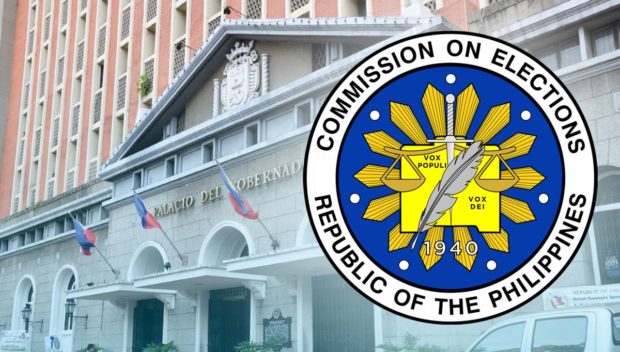Blockchain-based elections proposed | Query news

– 2 hours ago

Comelec headquarters in Intramuros, Manila.
MANILA, Philippines – A technical leader has proposed the use of blockchain technology in the selection of votes for the next automated polls, promising a more secure, transparent and “bullshit-proof” election process.
At one of the sessions during the Commission on Elections’ (Comelec) first national election summit last week, Paul Soliman, CEO of blockchain development firm BayaniChain, floated the idea of a blockchain-based election using a “tokenized election framework protocol.”
“Blockchain creates an immutable ledger of all votes cast, making it harder for anyone to manipulate the election,” he said.
Under Soliman’s proposed framework, a voter who has just cast their vote receives what he calls an “optional token,” or an encrypted unique code, that can be validated by the voter through a “decentralized” app that will track the transmission of one’s vote.
If there is an attempt to change a particular vote during transmission, Soliman explained, it will be “algorithmically” flagged by “third-party validators” in the blockchain network. Those validators could be any designated entity, such as voting watchdogs or other government agencies, he said.
Each vote will be “replicated” from the counting machine and all the way to processing from local, municipal, provincial and national. Each level will then be verified by the third party validators.
Consensus
“It’s not complicated… Is this transaction valid algorithmically? If [one] validator says yes, and [other] validator says yes, then there is consensus. And when the consensus says everything is fine, that’s the only time we count the votes, says Soliman, who also heads other technology companies.
Soliman noted that this blockchain-based election system is “immutable” and will “increase voter confidence, improve security and reduce costs.”
The framework will use a “hybrid” model that uses both public and private blockchains, allowing each ballot to be subject to audit while remaining confidential.
According to Soliman, public blockchains are “open to everyone and maintained by a decentralized network of nodes.” Private blockchains, on the other hand, are “maintained by a centralized organization and have limited access” often used for privacy and control purposes, such as financial transactions and medical records.
But Comelec Chairman George Garcia is not entirely sold on the idea.
Advanced technology
While he envisions a “more advanced” system for the 2025 election, Garcia said the public needs to learn how blockchains work before the government uses this type of technology.
“Even if we use the most advanced technology, but the public doesn’t understand it, they might just end up being afraid to vote, or they might just question the process,” he told reporters.
“More than the technology, the integrity, credibility and transparency of the elections should always be guaranteed,” he added.
According to Investopedia, blockchain is a type of shared database or ledger, which stores data in a block that is linked together.
“When new data comes in, it is entered into a new block. When the block is filled with data, it is linked to the previous block, which causes the data to be linked together, it says.
The Returning Officer has also raised the possibility of using other technologies, such as the electronic direct recording system that uses a touch screen to cast votes, in future elections.
RELATED STORIES
Comelec leases 98,000 vote counting machines
Comelec maps plans vs. security breaches
Over 20,000 attempts to hack elections, but Esperon says the government thwarted it
























